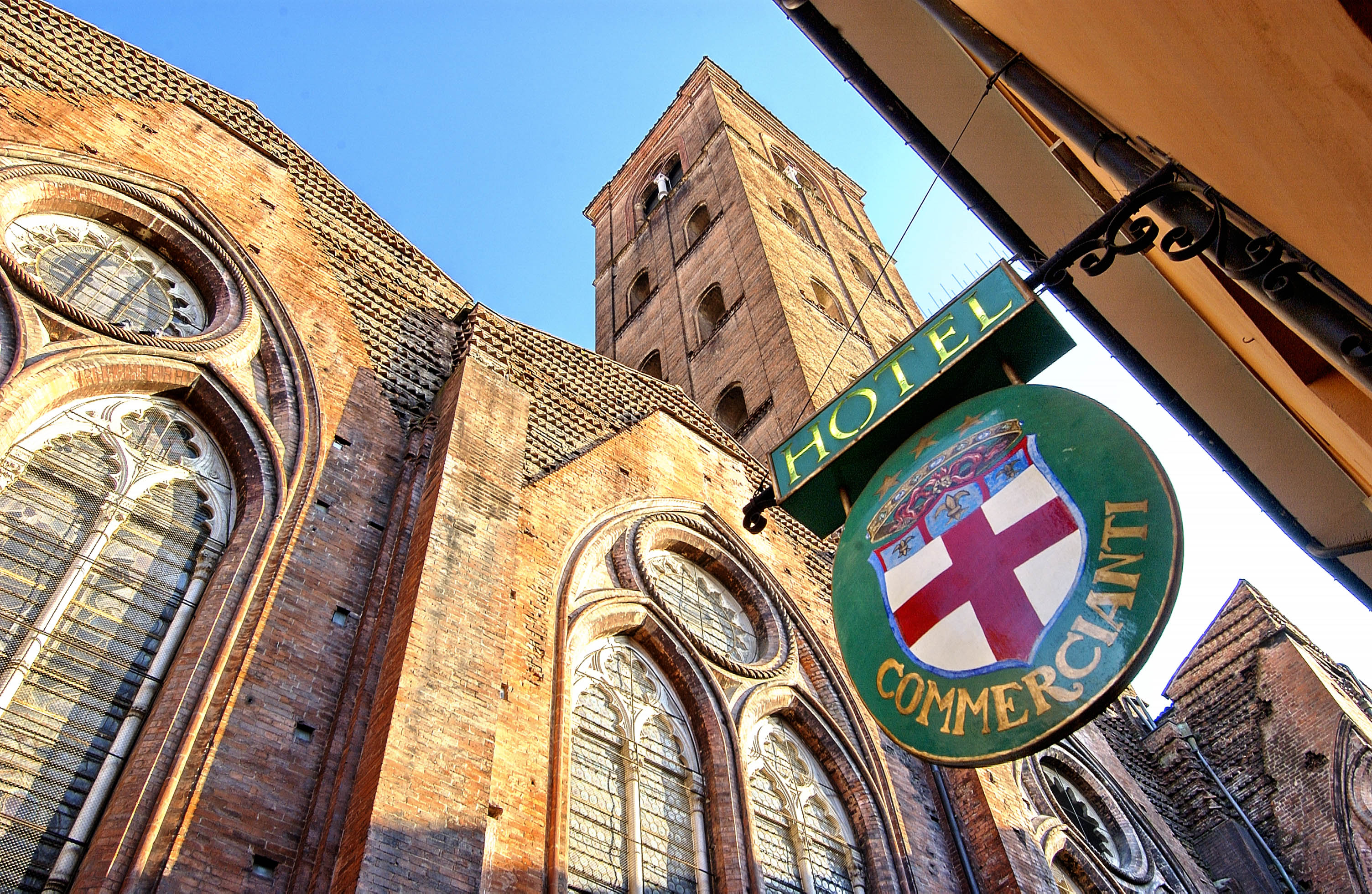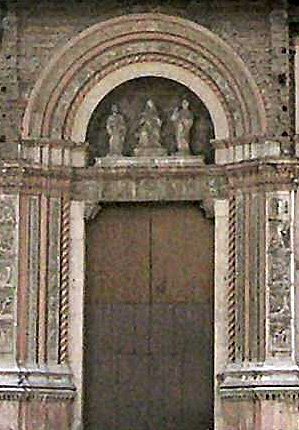|
Hotel Commercianti
The Palazzo della Compagnia dell'Arte dei Brentatori is a medieval palace located on Via de' Pignattari #11, starting at the Piazza Maggiore, Bologna, Piazza Maggiore and running alongside the basilica church of San Petronio, Bologna, San Petronio. It presently functions as the ''Hotel Commercianti'', and a hotel at the site has existed for over a century. History The first references to the building at the site date from 1116, when they were chosen as the first offices of the city. The citizens chose the ancient Roman structure of the ''Curia of Sancti Ambrosii'', together with this palace. The town assemblies often took place at the corner of Vicolo Colombina. In the mid 12th century, the city offices moved at first near the Archiginnasio of Bologna, Archiginnasio and, later in the 13th century, they occupied the Palazzo Civico, built for this purpose in Piazza Maggiore. No longer seat of the Comune, the building was acquired by two of Bologna's most celebrated Four Doctors o ... [...More Info...] [...Related Items...] OR: [Wikipedia] [Google] [Baidu] |
Piazza Maggiore, Bologna
Piazza Maggiore (''Piâza Mażåur'' in the Bolognese language) is a central square in Bologna, region of Emilia-Romagna, Italy. The appearance in the 21st century, generally reflects the layout from the 15th century. The Northwest corner opens into Piazza del Nettuno with its Fontana del Nettuno, while the Northeast corner opens into the narrower Piazza Re Enzo, running along the flanks of the Palazzo Re Enzo that merges with the Palazzo del Podestà. Flanking the Piazza del Nettuno is the Biblioteca Salaborsa. Layout The square is surrounded by major administrative and religious buildings in the history of Bologna, including: *Palazzo d'Accursio (W) - former city hall, now museum *Palazzo dei Notai (SW) - former notaries' guild *Basilica of San Petronio (SE) - Duomo of Bologna *Palazzo dei Banchi (E)- former banking center *Palazzo del Podestà, Bologna The Palazzo del Podestà is a civic building in Bologna, northern Italy. The edifice was built around 1200 as the seat ... [...More Info...] [...Related Items...] OR: [Wikipedia] [Google] [Baidu] |
San Petronio, Bologna
The Basilica of San Petronio is a minor basilica and church of the Archdiocese of Bologna located in Bologna, Emilia Romagna, northern Italy. It dominates Piazza Maggiore. The basilica is dedicated to the patron saint of the city, Saint Petronius, who was the bishop of Bologna in the fifth century. Construction began in 1390 and its main facade has remained unfinished since. The building was transferred from the city to the diocese in 1929; the basilica was finally consecrated in 1954. It has been the seat of the relics of Bologna's patron saint only since 2000; until then they were preserved in the Santo Stefano church of Bologna. History Construction In 1388, the ''Consiglio Generale dei Seicento'' prepared the construction of the church as a civic temple. To make room for the church, the adjacent Curia of Sancti Ambrosii was demolished, together with the majority of one of the city's burgs, including at least eight churches and towers. The first stone of construction was ... [...More Info...] [...Related Items...] OR: [Wikipedia] [Google] [Baidu] |
Archiginnasio Of Bologna
The Archiginnasio of Bologna is one of the most important buildings in the city of Bologna; once the main building of the University of Bologna, it currently houses the Archiginnasio Municipal Library and the Anatomical Theatre. In the heart of the palace is the university Chapel of Santa Maria dei Bulgari, a reflection of history. History The construction of the Archiginnasio dates back to the 16th century, when Piazza Maggiore was drastically remodeled under papal orders; the Fountain of Neptune was built during this same period. The construction of the Archiginnasio was commissioned by Pope Pius IV through the papal legate Charles Borromeo and the vice-legate Pier Donato Cesi during the years of the Council of Trent, who then entrusted the project to Antonio Morandi (known as ''il Terribilia''). The building was begun at the end of February 1562, built very quickly, it was inaugurated on October 21, 1563. The goal of this project was to create a single place where the Scho ... [...More Info...] [...Related Items...] OR: [Wikipedia] [Google] [Baidu] |
Four Doctors Of Bologna
The Four Doctors of Bologna (Latin: ''Quatuor Doctores'') were Italian jurists and glossators of the 12th century, based in the University of Bologna: Bulgarus, Martinus Gosia, Jacobus de Boragine and Hugo de Porta Ravennate. Their teachings in the law school of Bologna were based on glosses and commentaries on the rediscovered ''Corpus juris civilis'' of Justinian. Martinus may have studied with the founder of legal scholarship in Bologna, Irnerius.Peter Landau, "The development of law" in ''The New Cambridge Medieval History'' :124f. The revived importance of Roman law, in the form of medieval Roman law, embodied by the ''Quattuor Doctores'' made its first impact in the political arena in 1158, when they gave their support to Frederick Barbarossa's Diet of Roncaglia in his conflict with the Italian communes over imperial rights in Lombardy. Of the four the strongest contrast in interpretations of the revived Roman law were Bulgarus and Martinus. Bulgarus took the law at face v ... [...More Info...] [...Related Items...] OR: [Wikipedia] [Google] [Baidu] |


